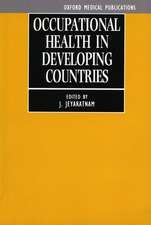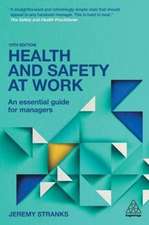Air Monitoring in the Rubber and Plastics Industry: Rapra practical guides
Autor B G Willoughbyen Limba Engleză Paperback – 31 dec 2002
Preț: 614.47 lei
Preț vechi: 798.01 lei
-23% Nou
Puncte Express: 922
Preț estimativ în valută:
117.58€ • 123.01$ • 97.67£
117.58€ • 123.01$ • 97.67£
Carte tipărită la comandă
Livrare economică 31 martie-05 aprilie
Preluare comenzi: 021 569.72.76
Specificații
ISBN-13: 9781859573747
ISBN-10: 1859573746
Pagini: 260
Dimensiuni: 189 x 246 x 14 mm
Greutate: 0.47 kg
Editura: Smithers Rapra Technology
Seria Rapra practical guides
Locul publicării:United Kingdom
ISBN-10: 1859573746
Pagini: 260
Dimensiuni: 189 x 246 x 14 mm
Greutate: 0.47 kg
Editura: Smithers Rapra Technology
Seria Rapra practical guides
Locul publicării:United Kingdom











